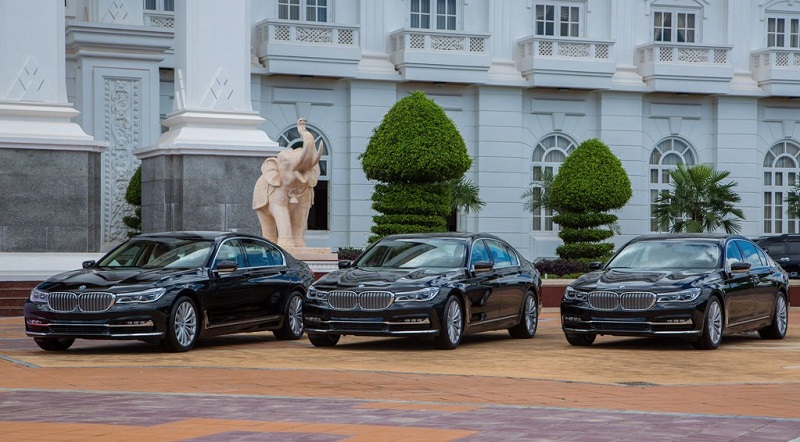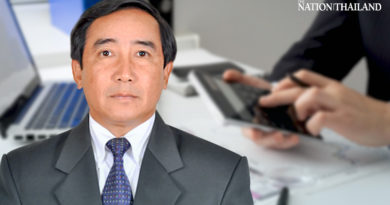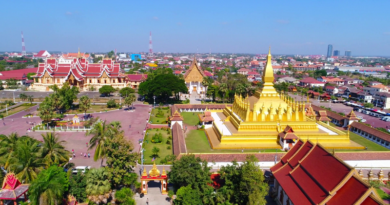Decree Orders Huge Cut In Spending On State Vehicles
Source: Vientiane Times
The government has issued a new decree that will massively reduce spending on state vehicles.
Prime Minister Phankham Viphavanh on Wednesday (September 29) signed the nine-page decree.
It comes after the prime minister told an extraordinary session of the National Assembly in August that his administration would ensure that wasteful spending on state vehicles ended, referring to the decree which was then being drafted.
For years, unnecessarily large amounts of money have been spent on vehicles used in state affairs, including those used by state officials.
Under the new decree No. 599, the number of vehicles given to state leaders and organisations will be greatly reduced.
Only four levels of top leaders will be given vehicles, unlike the current practice that sees lower-ranking officials driving vehicles as if they were individually allocated.
The top level (level I) leaders will each be given two vehicles – a car and an SUV – and 200 litres of petrol a month.
This category comprises the Party Secretary General and state President, Prime Minister, President of the National Assembly, Standing Member of the Party Central Committee’s Secretariat, and all Politburo members.
This category comprises members of the Party Central Committee’s Secretariat, Vice President, Deputy Prime Minister and Vice President of the National Assembly.
Level III leaders will each be given a car and 150 litres of petrol a month. This category includes members of the Party Central Committee, President of the Lao Front for National Development, ministers and holders of equivalent posts.
Level IV leaders will each be provided with a car and 120 litres of petrol a month. This group includes alternative members of the Party Central Committee, deputy ministers and the holders of equivalent posts.
The decree also specifies the precise number of vehicles to be allocated to each state department.
Ministries and equivalent departments will each be given three to seven vehicles including two SUVs, minivans, buses or pick-up trucks.
Departments and offices will each be allocated two to four pick-up trucks and three to five motorbikes depending on the size of the organisation, while the same number will be allocated to international border crossings.
State educational institutions overseen by ministries will each be given five vehicles – pick-ups, minivans or buses, and some motorbikes.
Vientiane and each of the provinces will each receive three to seven vehicles – three SUVs and four minivans or pick-up vehicles.
Provincial departments and equivalent bodies will each receive three to five pick-ups or minivans and a maximum of five motorbikes.
District and city administrations will each be allocated three to six pick- up trucks or minivans and a maximum of five motorbikes.
Prime Minister Phankham told the National Assembly that cutting spending on vehicles was one of his administration’s top priorities in fulfilling the national austerity policy.
The new decree, which replaces the previous one issued in 2017, will reduce the number of vehicles allocated to state leaders and departments and enable the government to reallocate thousands of state vehicles that have been provided in excess of actual needs.
The government plans to transfer the vehicles that will be freed up as a result of the decree to state bodies that currently have inadequate transport to carry out state affairs.






